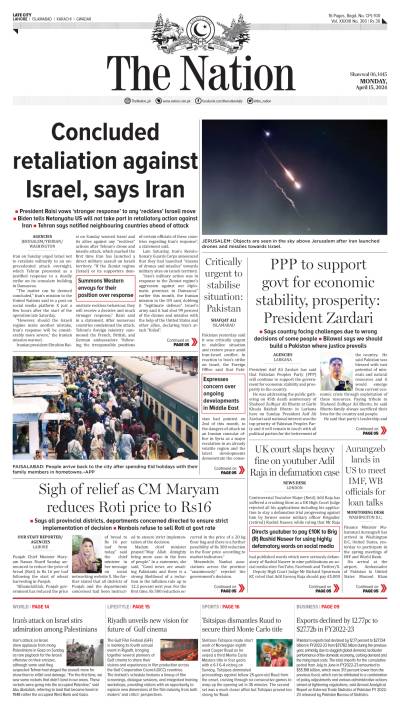LAHORE - Gujrat is the district with highest prevalence of HIV/AIDS followed by Dera Ghazi Khan only due to proper screening which has never been carried anywhere else in the province.
More than 1,500 people are HIV positive in Gujrat and at least 1,000 in Dera Ghazi Khan.
Minus Gujrat and Dera Ghazi Khan, there is huge gap between the number of identified and actual HIV positive patients due to lack of proper screening of high risk groups and social stigma attached to the disease.
“HIV prevalence is high in Gujrat and DG Khan and this is due to proper screening for the dreadful virus. As such we can’t say that prevalence of HIV is low in other cities like Lahore and Karachi until or unless we carry out proper screening of high risk groups like drug addicts and male/transgender sex workers on the pattern of Gujrat and Dera Ghazi Khan,” said Dr Abdul Rauf.
District health authorities identified more than 1,500 HIV patients in Gujrat after extensive screening of high risk groups from 2007-10. Similarly, deportation of HIV positive patients from Middle East countries caused the health mangers in Dera Ghazi Khan to go for screening of family members. The episode led to identification of more than 1,000 HIV positive cases.
“Proper screening is so far limited to these two districts. These numbers are quite close to the actual patient load. There is gap between identified and actual patient load elsewhere in the province.
“There is need of carrying out similar exercise elsewhere in the province. It will help bringing the number of identified patients close to actual HIV load. It is necessary for checking spread of the deadly HIV virus to healthy individuals,” the leading family physician told The Nation on Friday.
So far about 9,300 HIV/AIDS positive patients have been registered with Punjab Aids Control Program for treatment. The United Nations, however, estimated that the HIV/AIDS patients in Pakistan are from 90,000 to 175,000. As such majority of the patients are yet to be identified that poses threat of transmission of virus to healthy individuals through matrimonial and extra marital relations, unscreened blood transfusion and reuse of syringes.
HIV/AIDS epidemic is prevailing in Pakistan, mostly among drug addicts, male/transgender sex workers and repatriated migrants.
The situation is alarming that majority of HIV patients are unidentified either due to lack of awareness about the condition or social stigma attached to the disease. The overall prevalence of HIV infection in adults aged 15 to 49 is 0.1 per cent.
Officials say that the majority of cases go unreported due to social taboos about sex and victims’ fears of discrimination. “There is a gap between the number of identified and actual HIV patients. So far around 9300 people have been tested positive and getting free medicines, testing facilities from AIDS centres at teaching hospitals,” said a spokesman of PACP.
The PACP is focusing on identifying people living with HIV. “We have started mapping of drug addicts for screening. Similarly, screening of truck drivers and cleaners has already been started with the help of goods transport associations.
So far we found less prevalence of HIV among drivers and cleaners. The PACP is also carrying out screening of transgender with the help of Akhuwat. Transgender tested positive with HIV or Hepatitis C will be provided free treatment,” the spokesman added.
Prevalence of HIV is highest in Nigeria (40 per cent), followed by South Africa. Western African countries are largely affected by HIV. After Africa, South and North American countries are largely affected by HIV.
Pakistan enjoyed a low prevalence of epidemic. Different studies and the national HIV surveillance have confirmed an escalating epidemic among drug users and more recently among male and transgender sex workers.
Although overall HIV prevalence is low, it is well established among drug addicts (20 per cent) followed by transgender (6 per cent).
Major factor in the overall HIV transmission scenario is the rampant use of therapeutic injections, often with non-sterile injection equipment. There are an estimated 800 million therapeutic injections given annually in Pakistan or approximately 4.5 per capita, the highest in the World. A small but significant proportion of these are reused.
IQTIDAR GILANI






